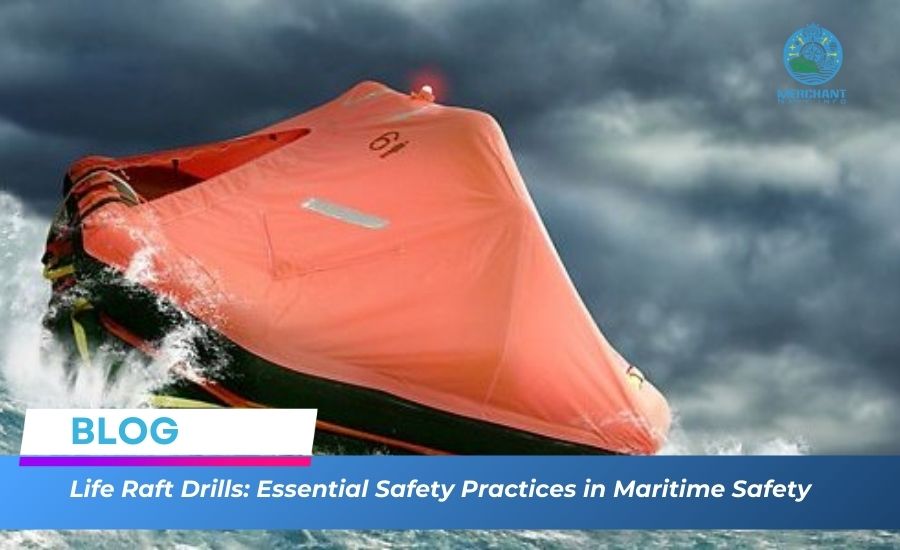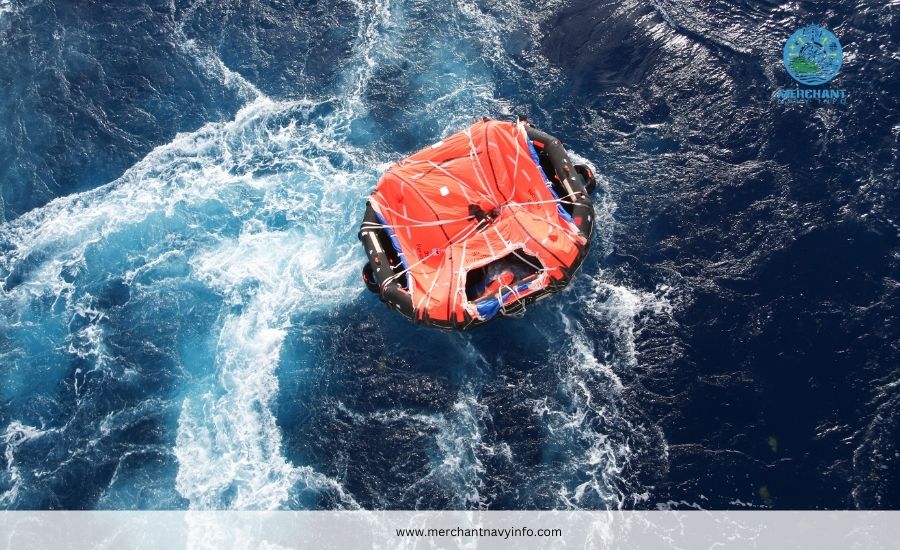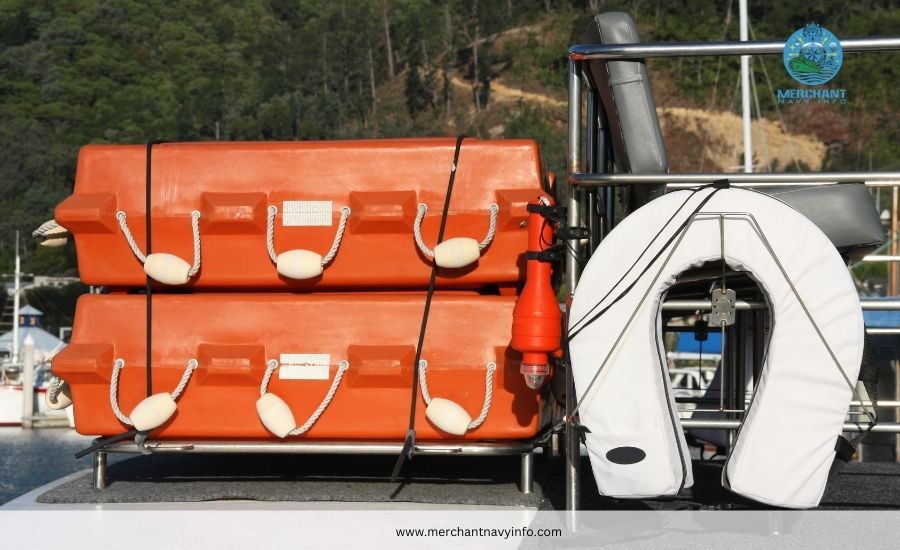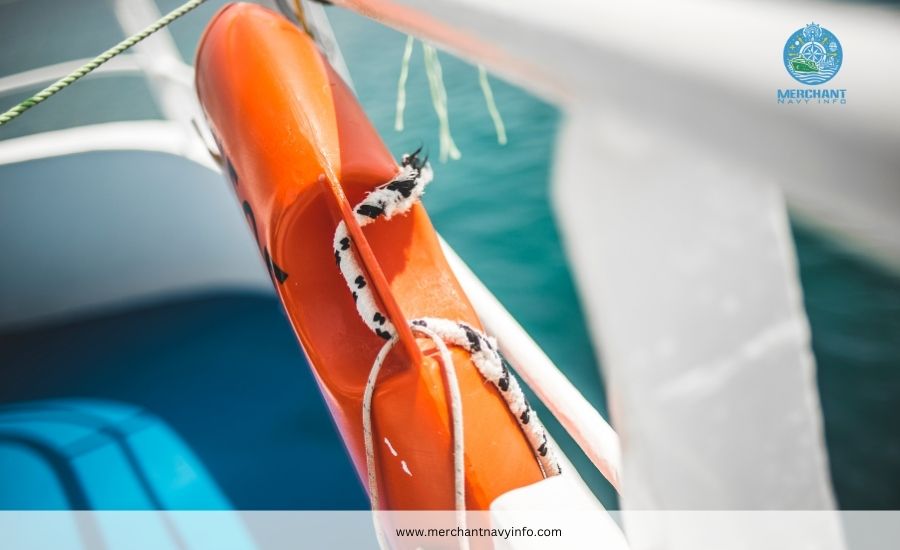
What Is Life Raft Drills? Maritime Safety Essential Safety Practices
\Suppose you are boarding a ship, whether a cruiser, cargo ship or fishing boat. In that case, the first and most important thing that comes into mind is safety. Similarly, one of the most crucial requirements during maritime safety is the life raft drill, a training process for all passengers and crew members for evacuation at sea. This comprehensive blog will discuss the life raft drills, why they are conducted, and what they can involve. So let’s get started.
What should be understood about a Life Raft Drill?
A life raft drill is a rigorous practice undertaken to ensure that the crew and passengers understand the right procedure for using a life raft in an emergency. These are some of the lift raft drills that are usually attributed to maritime safety measures as they seek to eliminate harm and make anyone who is on board understand their expected actions in case of an evacuation exercise.
What are Life Raft Drills, and Why are They Necessary?

Preparedness:
This is especially true during a calamity, such as a shipwreck or hearing a res report of a sudden fire on board. Practising life rafts MUST increase an individual’s understanding of the procedures and equipment that will be used in the future to prevent confusion that could lead to stampede effects.
Also read: Difference Between Boat vs Ship?
Efficiency:
It’s important to know various procedures that enable effective use of the life raft, especially during the most important processes like launching and boarding. After life raft drills, all the participants comprehensively knew what they had to do, reducing the time needed.
Safety:
Life rafts or associated equipment are often tested during these drills, which helps determine if they have any problems. It also guarantees that life rafts are in good and workable conditions and that all the safety measures followed are accurate.
The Pros and Cons of the Life Raft Drill

Donning Life Jackets
The first step in the life raft drill procedure is demonstrating how to put on the life jacket. Individuals on board, crew, and passengers will take turns demonstrating how, where, and when to wear the life jacket and confirming that it fits well and is properly clipped. This is very important because when worn appropriately, a life jacket enhances buoyancy and, therefore, one’s chance of survival in water.
Launching Life Rafts
Then, the drill involves showing how and where the life rafts are released and launched. Life rafts are usually accommodated in special spaces on the ship and must be located as quickly as possible in an emergency. The participant will be taught how to use the life rafts by showing how to manually or mechanically release them from where they are fixed.
Also read: 5 Major U.S. Aircraft Carrier Museum Ships
Boarding the Life Raft
After the life raft has been raised, the participants will learn how to tackle the raft safely. This includes climbing into the raft without it capsizing and stowing any equipment or provisions to be carried. When boarding a raft, it is very important to do so in a manner that does not upset the balance of the raft and can fit all the people.
Operating the Life Raft
Depending on the type and size of the life raft, it will carry equipment such as paddles, flares, and survival kits. The drill will also include directions on correctly using the said items. Participants will be taught how to deploy equipment on the raft and perform routine tasks, such as calling for assistance and handling necessities.
Emergency Procedures
Last, the drill will test different emergencies, such as fighting for balance on the raft in rough waters and waves, during bad weather conditions, or in case of a medical emergency on the raft. People will learn how to respond to and prevent such incidents, manage their emotions, help others, and use the safety equipment available.
Key Takeaways

Regular Practice:
People are often alerted to life raft drills to familiarise everybody with the practices. Since everyone is practised, people can remain prepared even if they don’t need to use life rafts in a disaster.
Team Coordination:
Timely organization and crew member coordination are crucial during a life raft drill. Lift raft drills help generate teamwork and ensure everyone understands his or her position in an emergency.
Also read: Life and Learning as an Engine Cadet
Continuous Improvement:
After each drill, a brief review is conducted to determine the gaps to be closed. The continuous review assists in enhancing safety measures and entails identifying any defects or problems with life rafts and other related equipment to ensure they are in their best condition.
Conclusion
Left raft drills are among the most important parts of maritime practice. They aim to train the proper conduct during an emergency at sea.
Such lift raft drills give the crew members and passengers practical ways of preparing to react to emergencies in case a real emergency arises. This increases individual safety and impacts positive safety attitudes on the ship.
Therefore, the next time you tackle a vessel, you should understand that these lift raft drills are part and parcel of your trip since they help protect everyone, including yourself.









